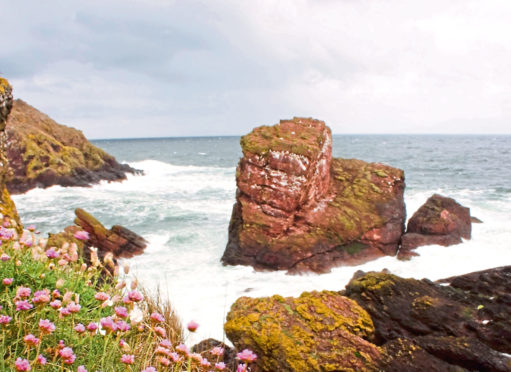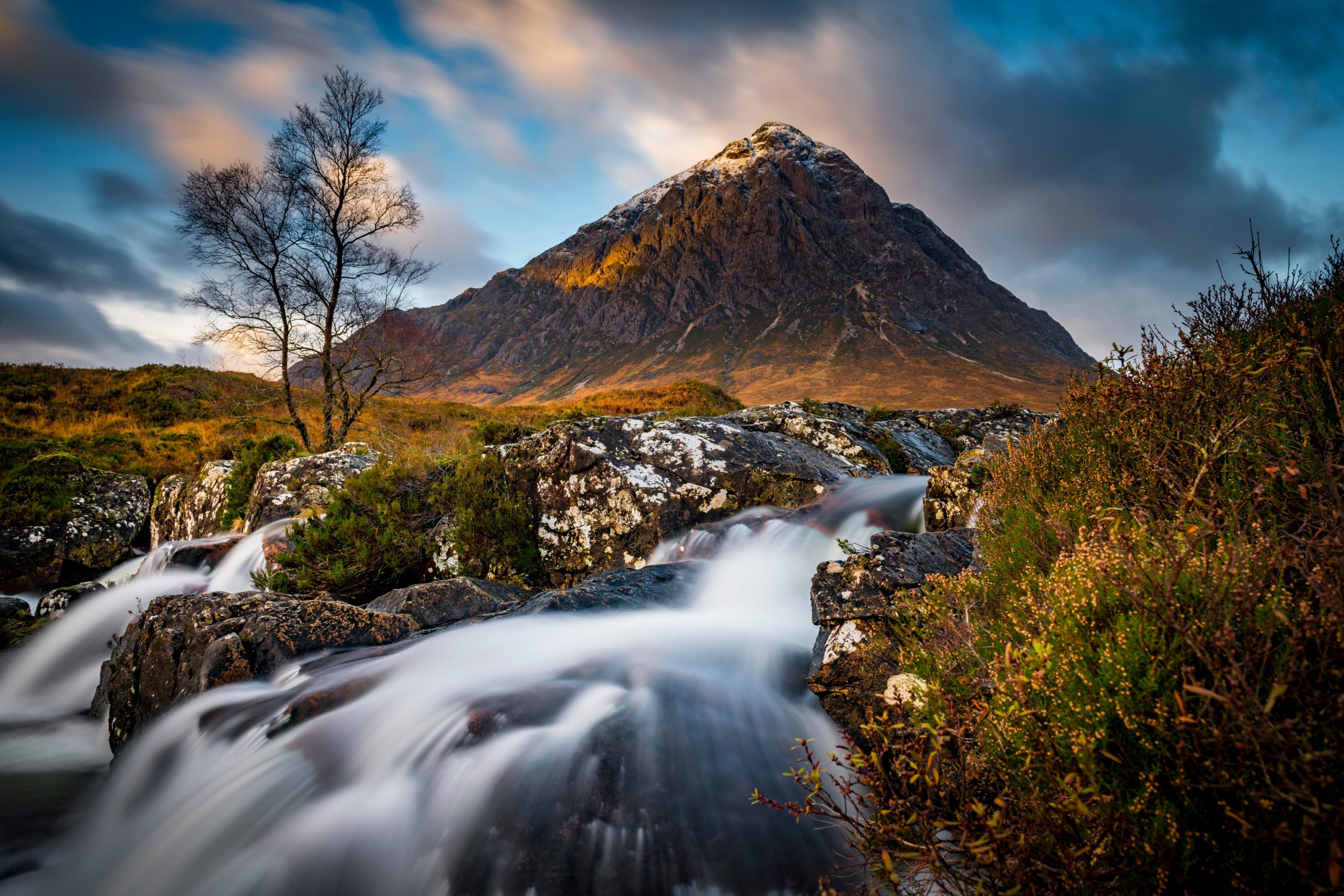
As lockdown restrictions start to lift and we emerge from what feels like a year-long hibernation, Scotland’s wildlife is also starting to awaken around us.
We have seen some glorious sunshine the first month of spring and, as the world has warmed up on our daily walks and exercise, the golden glow of flowering daffodils and green shoots on the bare tree branches above us have added a dash of colour.
Spring is the season for new life and new beginnings and, if you pick your spot wisely, you can witness some of nature’s miracles. All over the country, lambs, fawns, kids and calves are being born and flocks of migratory birds are returning for the summer.
The National Trust for Scotland cares for some of Scotland’s most treasured outdoor spaces and wild places, with the charity’s staff and rangers helping to support animal populations in their area. Here are some of the charity’s best locations to see the season in all its glory.
Balmacara
After a long and hard winter, Balmacara near Kyle of Lochalsh is transformed and teeming with new life in the springtime.
The Highland crofting estate is teeming with wildlife and you can spot red squirrels, dragonflies, pine martens and otters. April and May is lambing season at Balmacara and you will easily spot them taking their first shaky steps in a bold new world. Balmacara is also a walker’s paradise with 17 miles of mapped trails, including short walks and full day hikes.
Inverewe
The warm Gulf Stream has allowed a huge range of rare and unusual plants and flowers to flourish in the West Highlands and has helped make Inverewe a prime location to see all of Scotland’s “Big Five”.
The gardens and neighbouring coastline are home to red squirrel, red deer, otter, seal and golden eagle. If you’re lucky you may even spot another of Scotland’s rare and fantastic beasts, the majestic sea eagle.
St Abbs Head
Berwickshire’s seabird city, perched on the clifftops of this National Nature Reserve, is home to thousands of nesting birds, including guillemots, kittiwakes and razorbills. You can also head inland to the Mire Loch which counts swans, ducks, damselflies and butterflies among its residents. The property includes three mapped trails for walkers, the Discovery Trail, Lighthouse Loop and Mire Loch Loop.
Mar Lodge Estate
The largest nature reserve in the British Isles, Mar Lodge near Braemar is a paradise for adventurers. The estate is breathtaking in its expanse, with 29,000 hectares of moorland, Caledonian pine forest, mountains, wetlands and 15 Munros. So it’s perhaps no surprise that a huge range of wildlife, including red squirrels, pine martens, golden eagles and red deer make their home here.
Killiecrankie
Best remembered as the scene of one Scotland’s bloodiest battles, where a terrified Red Coat jumped 18 feet across the raging River Garry to escape pursuing Jacobites.
It’s hard to imagine just what that must have looked like when you stroll through a tranquil woodland, awash with spring flowers. And, as the woods awaken, so to do the local residents among them red squirrels, woodpeckers and pine martens.
Glencoe
Few locations are as spectacular, memorable and utterly beautiful as Glencoe.
The haunting glen has been the setting for movies ranging from Harry Potter to James Bond and visits there, in any weather, are awe-inspiring.
NTS rangers at the site manage and maintain paths and other facilities, while helping to support the local wildlife and flower populations.
In spring the first violets and greens appear, while sand martins, house martins and cuckoo have already returned. The lambs appear a little later, compared to the Lowlands, and you will also start to see young deer take their first steps here at the end of May.
At Inverewe you can stroll around the world in a day, following their Global Trail and passing Chilean monkey puzzle trees or standing beneath the towering American giant redwoods.

Enjoy the convenience of having The Sunday Post delivered as a digital ePaper straight to your smartphone, tablet or computer.
Subscribe for only £5.49 a month and enjoy all the benefits of the printed paper as a digital replica.
Subscribe © Robert Seitz/imageBROKER/Shutterstock
© Robert Seitz/imageBROKER/Shutterstock